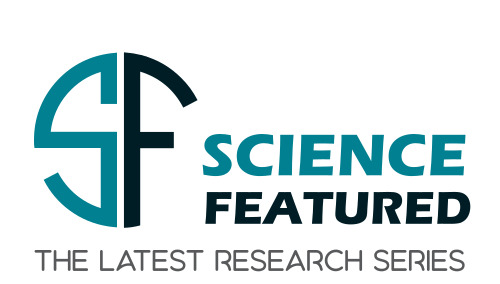When our skin gets injured, a complex process begins to heal the wound. Keratinocytes, the cells that make up the outer layer of the skin, move collectively to close the gap. However, researchers have discovered that the protein PIEZO1 can interfere with this process, slowing down wound healing. Understanding the role of PIEZO1 in cell movement could lead to new methods to enhance wound healing, benefiting many people with injuries and chronic wounds.
Researchers at the University of California, Irvine, have uncovered a critical role of the ion channel PIEZO1 in regulating cell migration during wound healing. The study, led by Professor John Lowengrub, and Dr. Medha Pathak along with Dr. Jinghao Chen, Dr. Jesse Holt, and Dr. Elizabeth Evans, was published in the journal PLOS Computational Biology. The research reveals how PIEZO1 inhibits the formation of leader cells, which are essential for coordinated cell migration, thus impacting the wound healing process.
Leader cells, which form at the wound edge, transmit mechanical and biochemical signals that coordinate the movement of follower cells to close the wound. The researchers used a combination of experimental methods and mathematical modeling to investigate the role of PIEZO1 in this process. Their findings indicate that PIEZO1 activity suppresses the formation of these leader cells, leading to less organized and slower wound closure.
Dr. Chen explained the study’s motivation: “Understanding how PIEZO1 regulates leader cell formation and coordination during keratinocyte migration provides valuable insights into the mechanisms underlying wound healing. Our findings suggest that targeting PIEZO1 could enhance wound healing efficiency.”
Through time-lapse microscopy and scratch wound assays, the team observed that PIEZO1 activity increased cell retraction along the wound edge, inhibiting the advancement of cells needed for wound closure. The experiments showed that cells lacking PIEZO1 had more leader cells and thus more efficient wound closure compared to cells with normal or increased PIEZO1 activity.
The research team also developed a novel two-dimensional continuum model of wound closure, incorporating key factors such as cell motility, retraction, cell-cell adhesion, and coordinated directionality. This model allowed them to simulate the effects of PIEZO1 on collective cell migration and validate their experimental findings. Their simulations confirmed that increased PIEZO1 activity leads to decreased coordinated directionality, thereby inhibiting efficient wound closure.
Dr. Chen highlighted the significance of their findings: “Our study provides a comprehensive framework to understand the biophysical mechanisms by which PIEZO1 regulates collective cell migration. This knowledge could inform the development of new therapeutic strategies to improve wound healing.”
In summary, the research underscores the importance of mechanical cues in wound healing and offers a potential target for therapeutic intervention. Professor Lowengrub, Dr. Pathak and their team’s insights into the role of PIEZO1 in leader cell formation and coordination during keratinocyte migration pave the way for future research on enhancing wound healing processes.
Journal Reference
Chen, J., Holt, J.R., Evans, E.L., Lowengrub, J.S., & Pathak, M.M. (2024). “PIEZO1 regulates leader cell formation and cellular coordination during collective keratinocyte migration.” PLOS Computational Biology. DOI: https://doi.org/10.1371/journal.pcbi.1011855
About the Author

Jinghao Chen recently received his PhD in Mathematics at University of California, Irvine in 2024, under the supervision of Professor John Lowengrub. His primary research interests lie in the domain of computational and applied mathematics, with a strong focus on mathematical biology. Within this field, he develops mathematical models that incorporate appropriate partial differential equations to effectively capture and study a wide range of biological patterns and phenomena. Jinghao’s work has been funded by multiple grants and awards, and he has presented his findings at several international conferences.













































